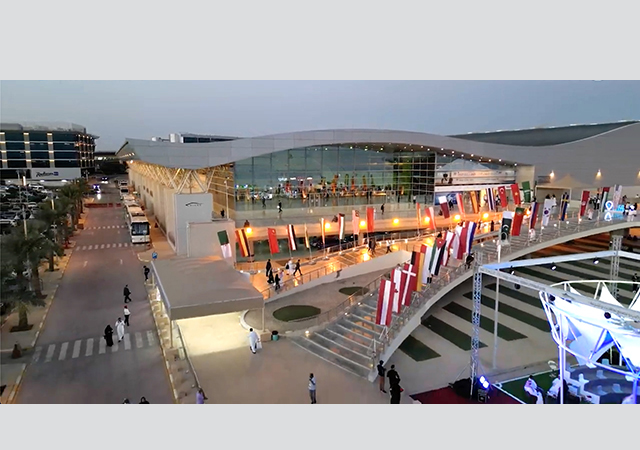

Dubai, the city-state that’s now a global brand, is literally going places.
The ongoing transformation is incredible and the billions of dollars that are being poured into shifting sand to raise iconic structures and cities within cities is making this emirate one of the most sought-after investment hubs across the globe.
For Dubai, the sky has always been the limit. The skyline changes every day as new projects are announced. The emirate is awash with new sleek high-rise towers, malls, commercial offices, luxury residential apartments and waterside villas. Around 15,000 new freehold units are scheduled to be released into the market by mid-2007 and even this may not be enough to cope with the growing demand for property. Construction activity in Dubai – where 15 per cent of the world’s cranes are located – continues at a blistering pace with myriad grand projects now under way, many of which will be completed within the next two to five years.
According to a report in the Financial Times about $43 billion of residential property is to come on stream this year, up from $17 billion in 2006 and $7.1 billion in 2004.
If the continuing boom is confounding critics, it will confound them more with news that 105,000 residential units are due to be taken off the drawing boards of the hundreds of developers operating in the city as the year draws to a close.
Some say that Dubai could witness an oversupply of almost 33,000 units by end-2008. But most shrug off the pessimism as contractors race against time to complete projects despite the shortage of cement and glass and the spiralling cost of raw materials. In fact, some of them are even offering guaranteed annual rental returns, ranging from 8 to 30 per cent over three years.
According the Financial Times report on Dubai the construction sector GDP increased by 166 per cent between 2000-2004 and recorded an average annual growth rate of 27.7 per cent and an estimated Dh1.7 trillion ($463 billion) of real estate projects could be in circulation by 2015.
Dubai accounts for about 50 per cent of the construction sector GDP (gross domestic product) in the UAE and the construction boom that shows no signs of abating in the near future is clearly reflected in the property and real estate transactions carried out in the last few years, particularly last year where – after a brief respite – four new projects were being announced on an average almost every day in the last quarter.
Concerns of a real estate bubble burst have been dismissed, and, as Donald Trump Jr, the son of American real estate tycoon Donald Trump, told Gulf Construction “there will be a cyclical lull that could hit the market and weed out weak developers, but that would be just a correction, not a bust”.
Dubai’s tax-free status, political stability, a liberal business environment and the free rein given to developers to design innovative projects will sustain investor interest. Today, real estate has become the focal point of the city’s growing economy that is presently witnessing a growth rate of 25 per cent.
Mattar Al Tayer, chairman and CEO of the Road and Transport Authority (RTA), says that based on available statistics for the current development projects, the RTA is planning a road network for a projected population of 5 million people in Dubai and this does not include the huge tourist inflow that is expected to touch 15 million by 2015.
Sheikh Mohammad bin Rashid Al Maktoum, UAE Vice-President and Ruler of Dubai, recently observed: “There is a race in Dubai between projects and the development of the infrastructure. We are falling behind only in two areas – traffic jams and increasing rents, which we have capped. We will overcome this issue in less than two years with the completion of the new roads and bridges and the metro project which will reduce the jams.” He also said that only 10 per cent of the developments planned for Dubai has been announced till now. He stressed that “impossible is an illusion nesting in the minds of the unable”.
Dubai continues to be a pioneer, particularly in the infrastructure sector, and has launched mega developments that other Gulf states look set to emulate. The $33 billion Dubai World Central is one of such striking projects and will boast the world’s largest airport (see page 88). Another landmark project is the $4.2 billion Dubai Metro, which is now a highly visible construction project in Dubai racing ahead for a first phase completion in 2009.
Real estate developments
Even as billions of dollars are being pumped into more new projects, the multi-million-dollar projects announced earlier are now heading for completion and handover. The eighth wonder of the world, The Palm Jumeirah, has taken concrete shape and is now close to breasting the tape. The bridge linking the man-made island to the city is under construction as is the monorail that will run the length of The Palm’s trunk. Over 3,000 apartments and villas built on the fronds are ready to be handed over shortly, although full completion will not be until 2008. In addition, a number of hotels will take shape at this highly prestigious location including the striking Atlantis The Palm, which is heading for completion next year.
Numerous real estate developers have joined the pioneering firms Nakheel Properties and Emaar in the race to take advantage of the real estate boom. Nakheel has already injected $12 billion into offshore and residential developments. It has sold some of the islands on The World, where work is now in progress, and is now building a 370-hectare residential property called the Jumeirah Park that will comprise 2,000 three, four and five-bedroom villas.
The ambitious land reclamation project, the $50 billion Waterfront will create an 81 million sq m waterfront with 10 zones incorporating The Palm Jebel Ali and 250 planned communities both on and offshore. It will have 600 km of road and 370 km of canals and waterways, making it nine times larger than the canal network in Venice.
Ghantoot Contracting has been awarded the contract for grading and water works for Phase 1, 2 and 3. Work is already under way and delivery of land will begin shortly. In addition, contracts have also been awarded for the first reclamation or raising of Dubai Waterfront, which will essentially consist of seven islands. Reclamation works for the seven islands will take six years.
Emaar’s flagship project the Burj Dubai, having already crossed the 110-storey (380 m) milestone, making it the tallest tower in the Middle East and Europe, is well on its way to beat the world record in heights.
At Emaar’s $10 billion Dubai Marina, which boast a distinctive skyline, more than100 towers have already sprung up, but many more are being planned and built. The first phase involved the construction of a 1.3 km canal and marina area that is connected to the sea. The second phase, which is already under way, will see over 1.200 apartments and waterfront villas with over 60 shops and commercial buildings. The whole Dubai Marina project will take 20 years to complete.
Emaar Properties’ luxury Jumeirah Beach Residence – which has 36 towers and four hotels – is on schedule for completion this year.
Meanwhile, work is well under way on other mega developments such as the $40.87 billion Business Bay, a creekside master development (see page 128), the $6 billion Dubai Investment Park (see page 142) and the Dubai Health Care City (DHCC), a $2.8 billion project which was first announced in 2002 and will transform the city into a global hub for specialised healthcare, research and medical education by 2010.
The $7 billion Dubai Festival City, which is being spearheaded by the Al Futtaim Group, is being built in phases over an area of 1,200 acres, with completion due in 2015. It includes a 4 km waterfront promenade, comprising a mix of entertainment, dining, shopping, sport and leisure facilities as well as hotels, marinas and residential and office blocks.
International City, the $2.5 billion development located in the Al Warsan area of the emirate, is expected to be completed by the end of this year and will have a population of 65,000, spread across the 10 districts that will reflect the design styles of China, UK, Spain, France, Italy, Greece, Iran, Russia, Morocco, Thailand and Indonesia.
Several developments are unfolding at Dubailand, Dubai’s Disney-type mega tourism and entertainment hub. Among them is the $3 billion Dubai Sports City – the world’s first purpose-built sports city – where infrastructure works is fast nearing completion.
Another unique project which will boast highly striking architectural landmarks is The Lagoons, a $16.3 billion project that is scheduled to be completed by 2010. Strategically located in the heart of Dubai, The Lagoons will comprise seven beautifully landscaped islands, with residential units, shopping centres, office buildings, and marinas.
Statistics and projections about the commercial and residential boom continue to boggle the mind.
Colliers International Real Estate states that Dubai now has over 24 million sq ft of commercial office space under development, placing the emirate second in the world in terms of commercial building development with only Moscow, at 26.9 million sq ft, ahead of it, and Beijing and Shanghai in third and fourth place. And while number of housing units to be delivered by 2010 is only 240,000, the Morison Menon News Quarterly has quoted government predictions that despite the planned and announced developments as of today, Dubai will need at least around 500,000 additional residential units in the next five years.
Exhibition space
Dubai is witnessing an exhibition boom and is running out of space. It presently offers 34 per cent of available covered exhibition space in the GCC and needs to expand further to cope with the expansion in trade shows. There are 16 exhibition centres now in operation in the six GCC states, providing exhibition space of 243,300 sq m and in the next three years, four more centres will be added, raising GCC’s total available space to 429,800 sq m – a 76 per cent increase over current capacity.
Dubai has already set in motion its plan to expand its exhibition space with two projects costing $6 billion, which will allow it to host some of the world’s biggest events.
The Dubai World Trade Centre is presently undergoing a $4.3 billion redevelopment but even this will not be enough to cope with the demand of the exhibition industry. Hence the emirate’s decision to build the $2.17 billion Dubai Exhibition World (DEW) at the new Dubai Exhibition City close to the Jebel Ali Free Zone.
Both projects are part of the city’s plans to become the international hub for exhibitions, an industry that has been expanding in the UAE at 15 per cent every year in terms of visitors with some top shows experiencing a 30 per cent year-on-year rise.
The first phase of the $4.35 billion masterplan to create a Dubai Trade Centre District at the existing site has been designed by Hopkins Architects and work on it has just begun. The expansion will see two new hotels being constructed with 1,000 serviced flats that will be linked to the exhibition halls by an air-conditioned pedestrian walkway.
The 3 sq km Dubai Exhibition City near Jebel Ali port and the Dubai World Central will also be home to a retail park and a business boulevard. It has been designed by Cox Group and phase one of the development, which is yet to start, will offer 120,000 sq m of exhibition space on completion in 2009. The three-phase development is being undertaken to ensure that DEW is able to meet the most demanding challenges well into the future.
DEW, which will reach 300,000 sq m in the final phase, will be one of the largest and most advanced exhibition centres of its kind anywhere in the world. Phase one will feature one of the world’s largest column-free exhibition halls that will boast an area of 85,000 sq m. Two or three halls have been designed to accommodate an aircraft as large as the Boeing 737. Its auditorium will be able to seat 17,000 people and its meeting rooms over 1,000 delegates. The DEW’s close proximity to the upcoming aviation and logistic hub in Jebel Ali – the Dubai World Central – will make it one of the most well-planned and well connected commercials destinations in the world.
Global image
Dubai’s today has 1.3 million people and some experts predict this number will double over the next five years, further driving the boom. This may be conjecture, but the incontrovertible fact is that Dubai’s multi-billion-dollar developments have irrevocably established its as a global brand and as the commercial centre of the Gulf.


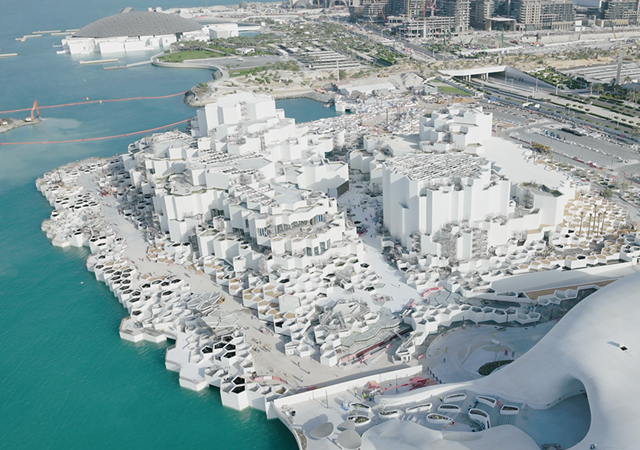
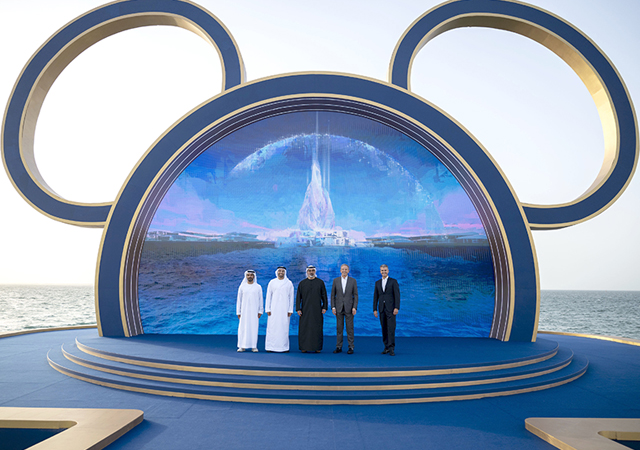

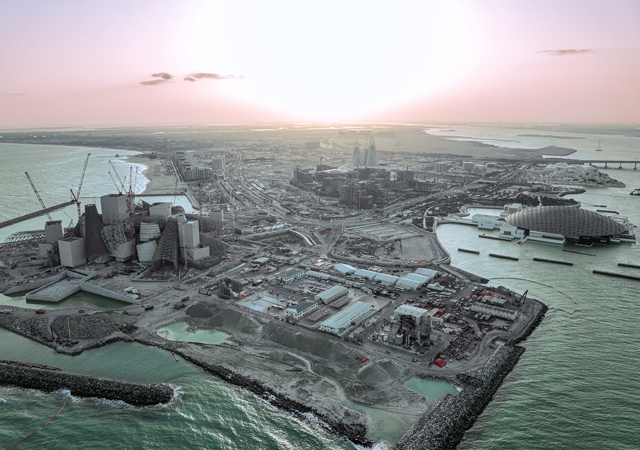
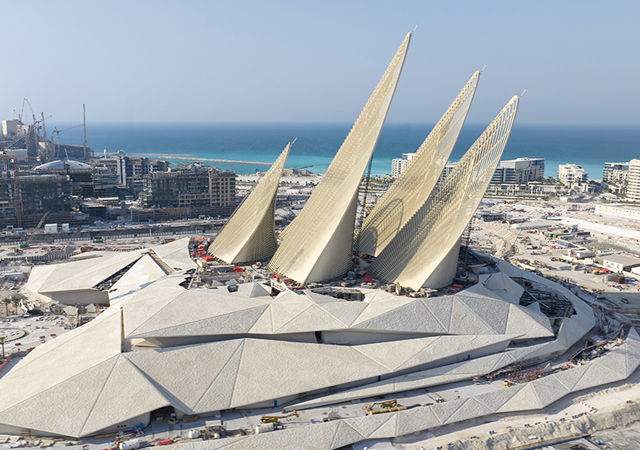
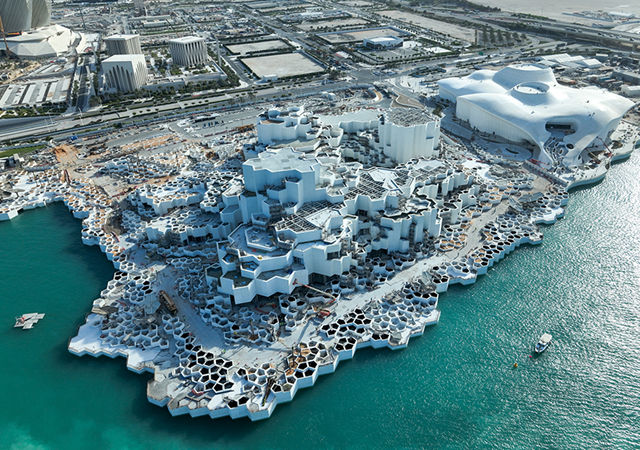
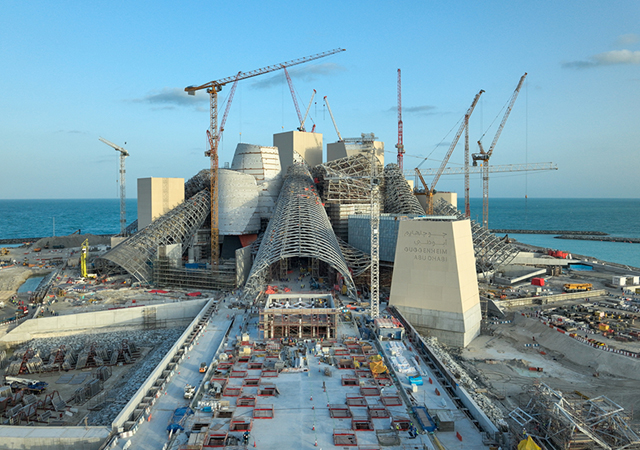
.jpg)

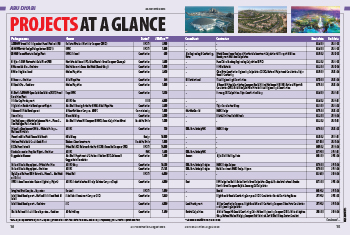
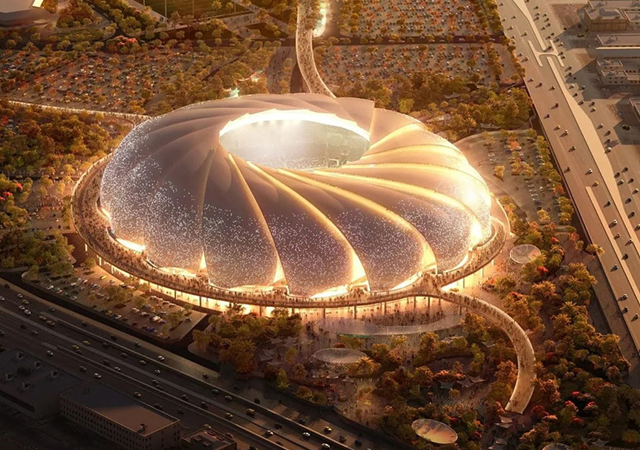

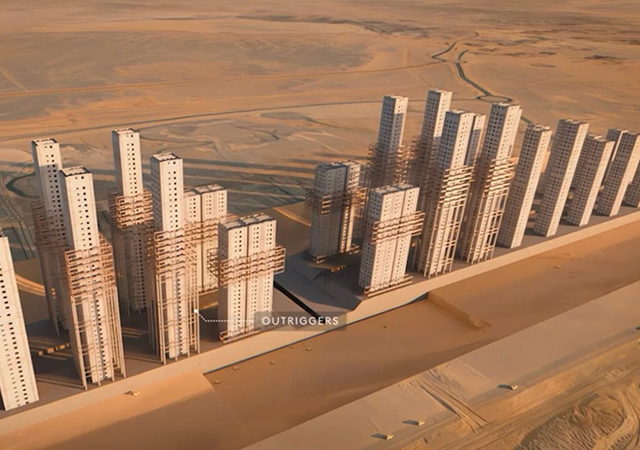
.jpg)
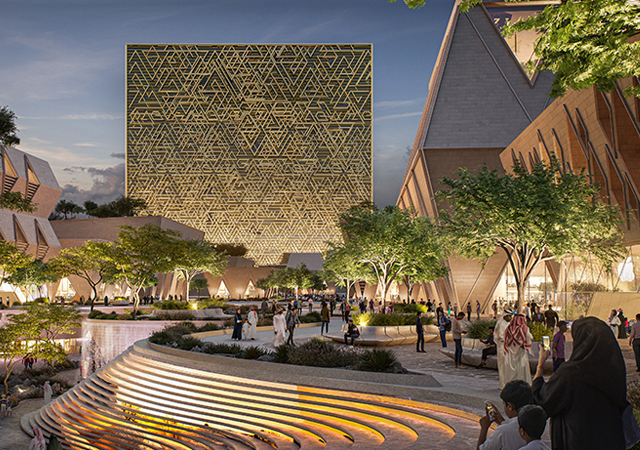
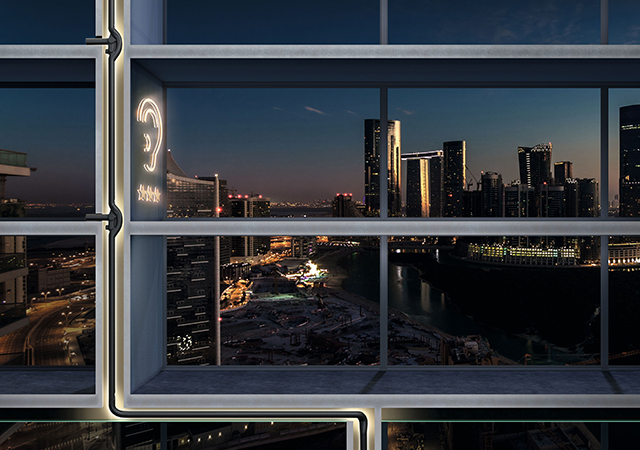
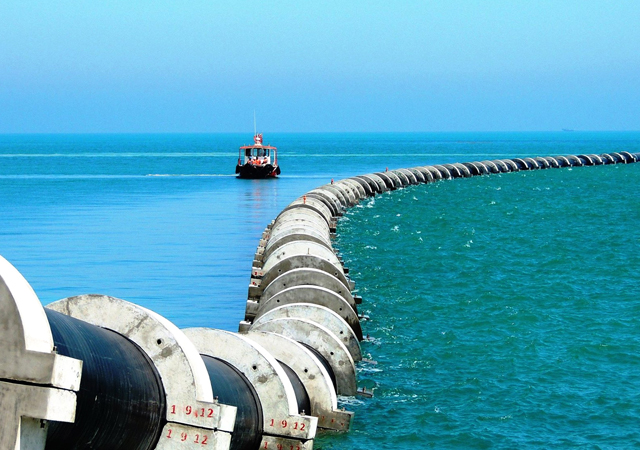
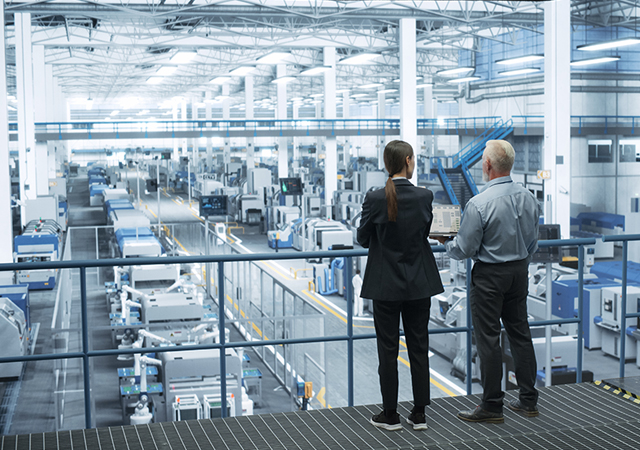
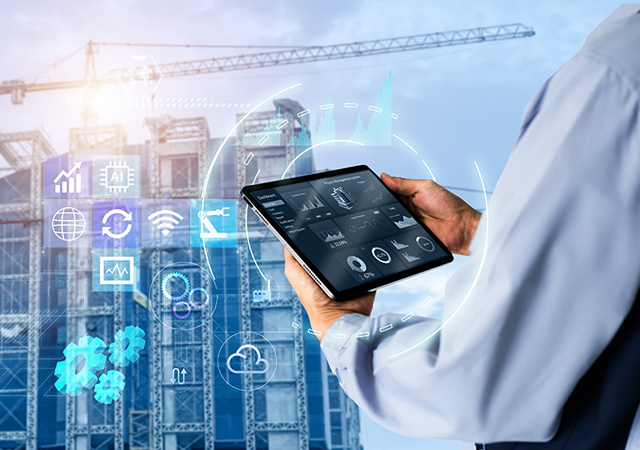
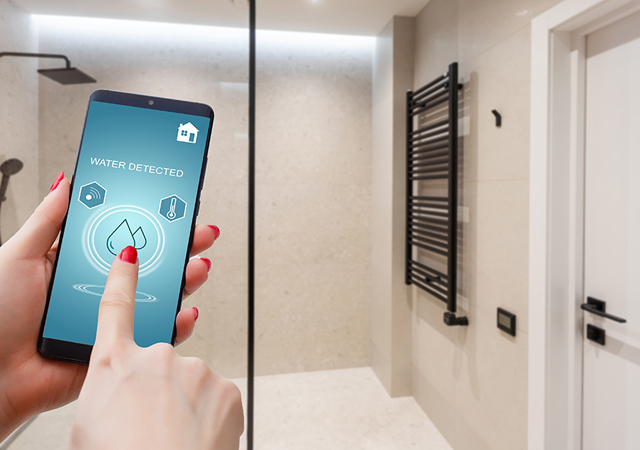
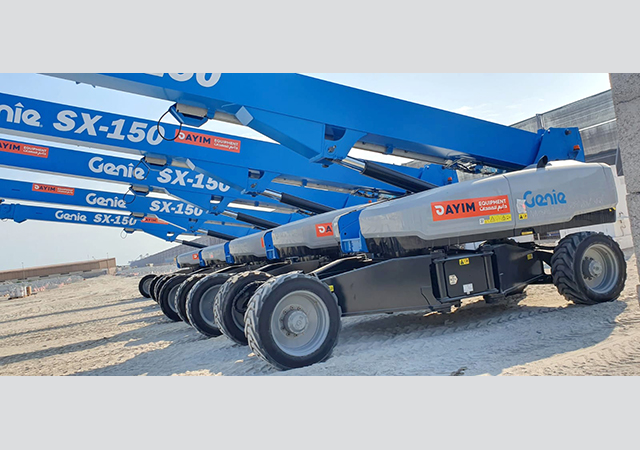
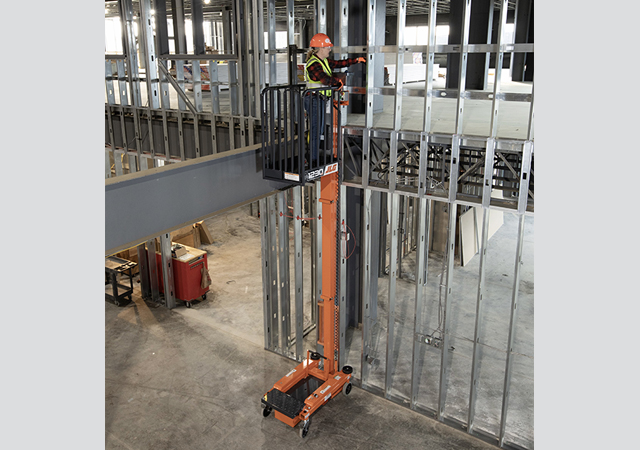
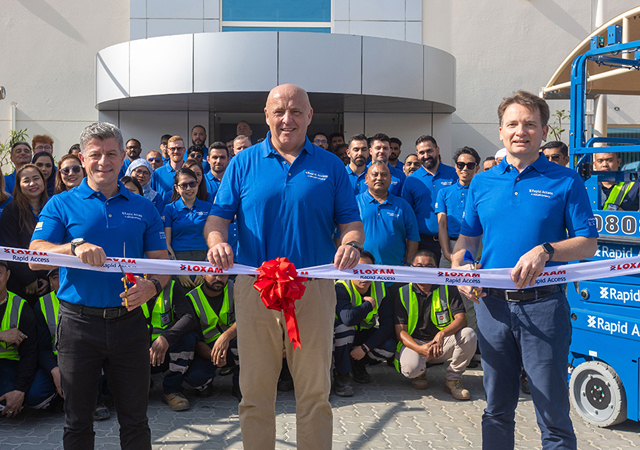
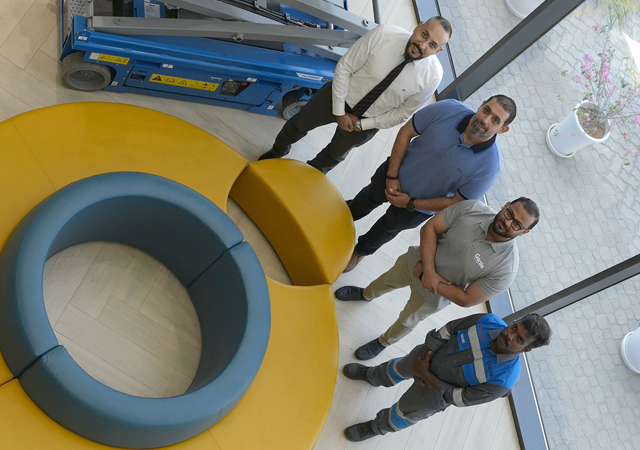
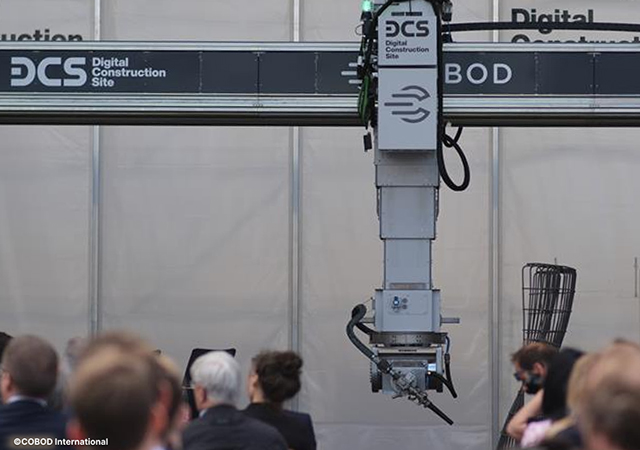
Doka (2).jpg)
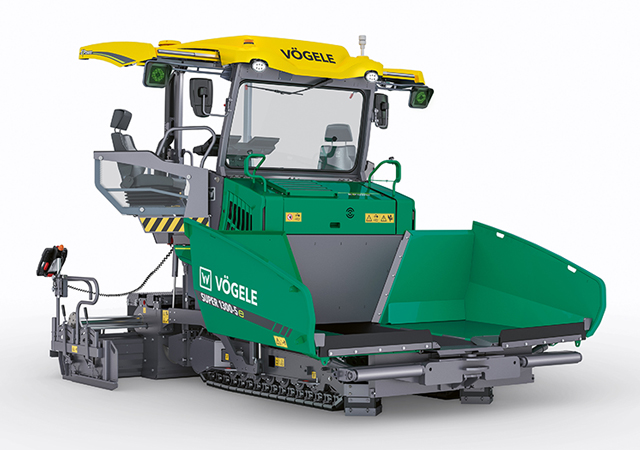
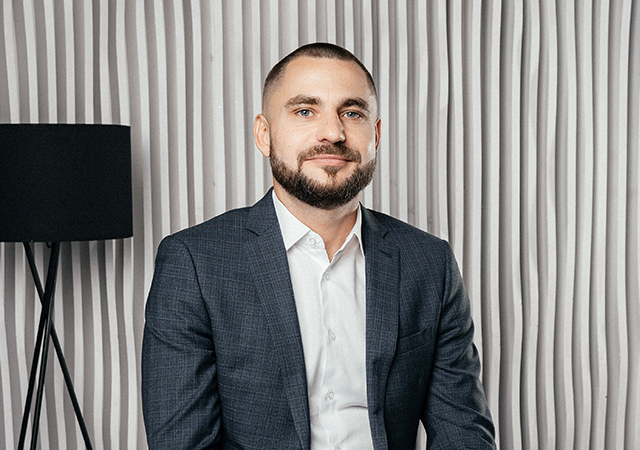


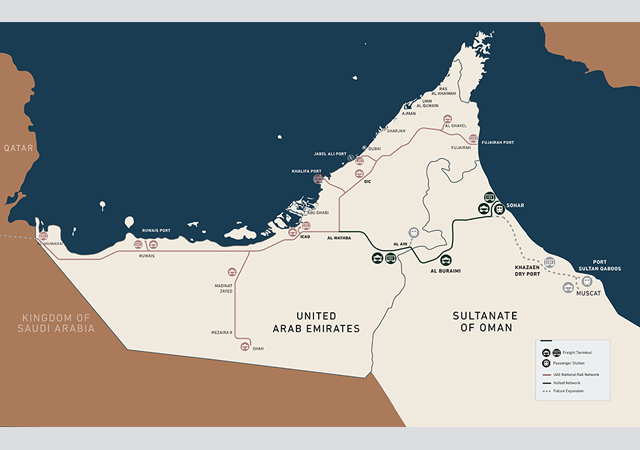
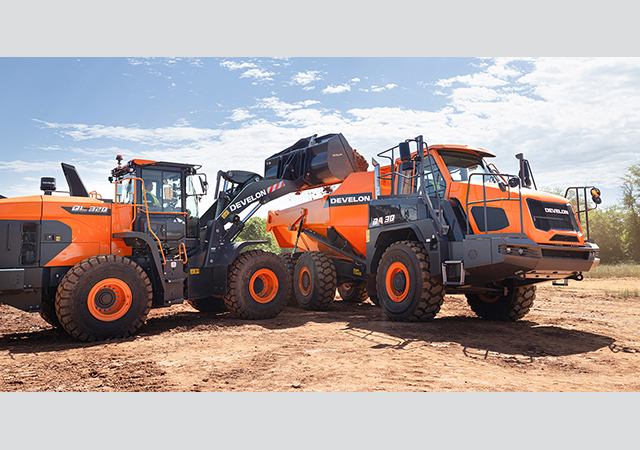
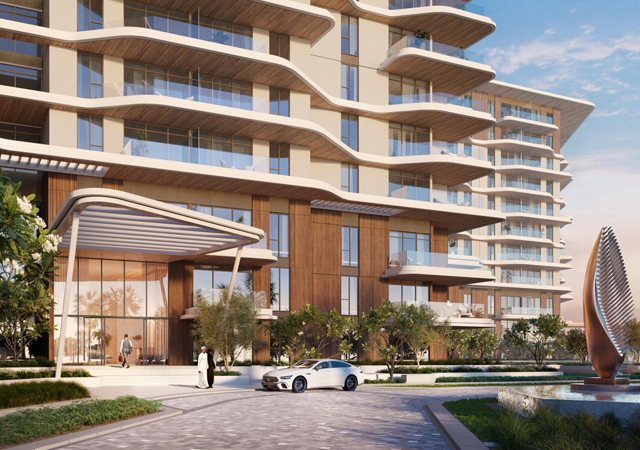

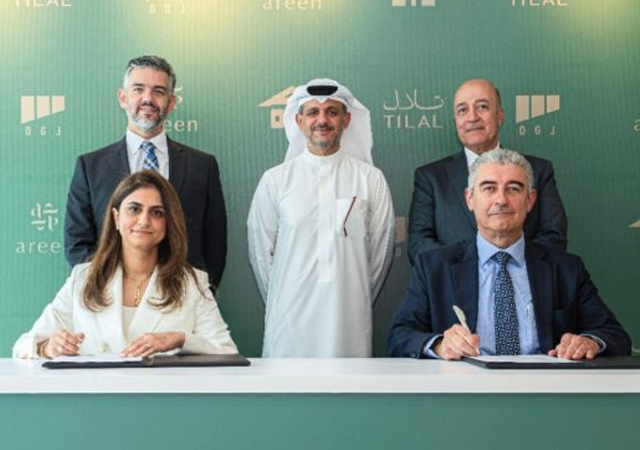
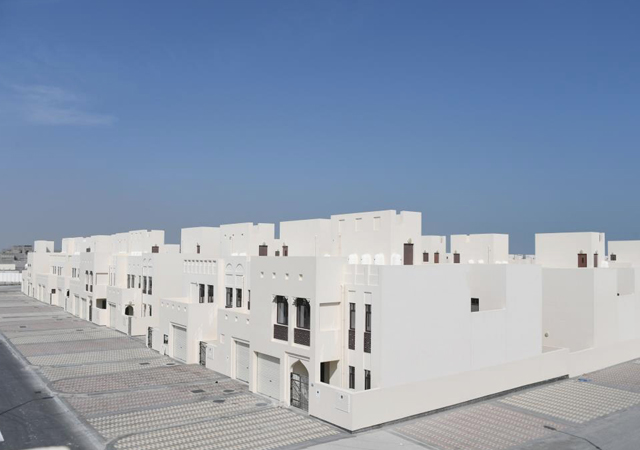

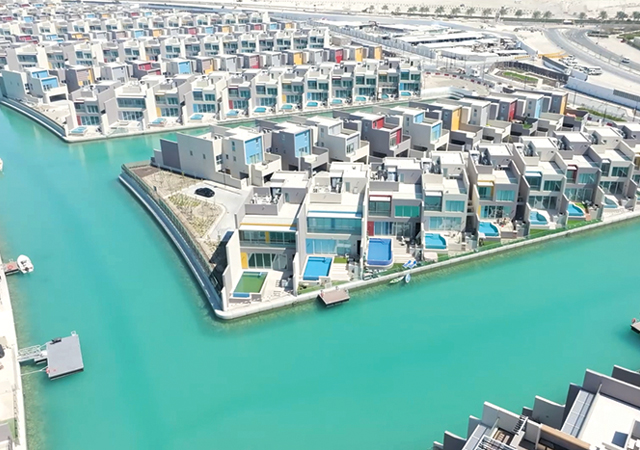
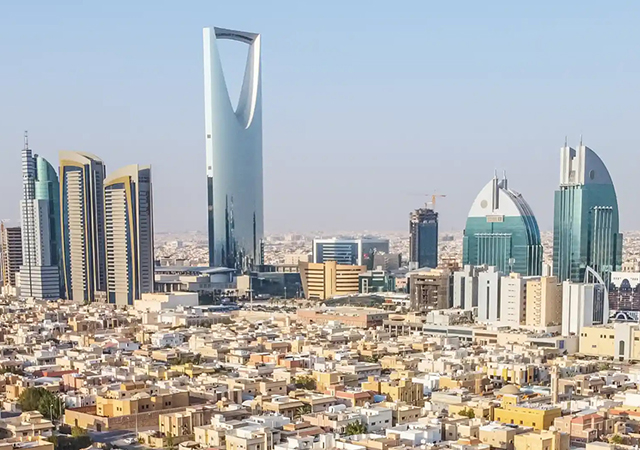
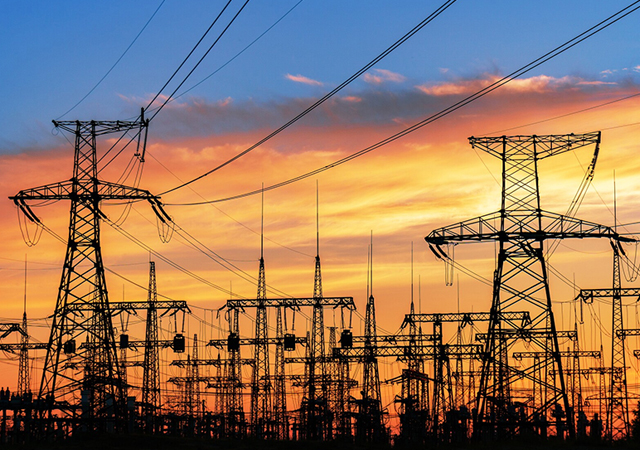
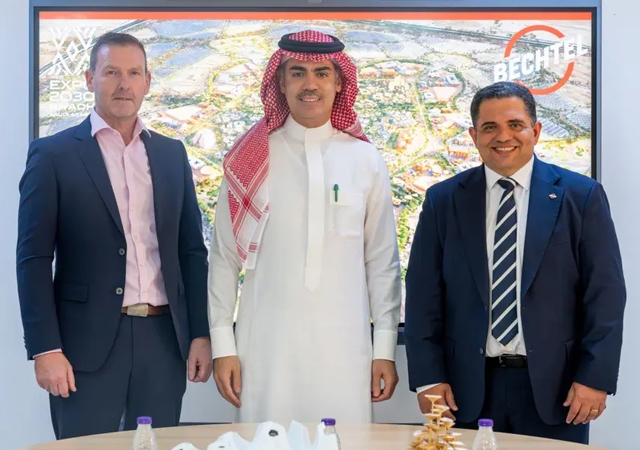
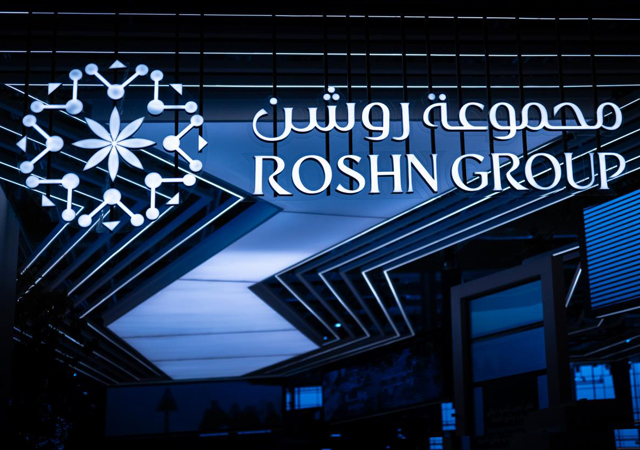
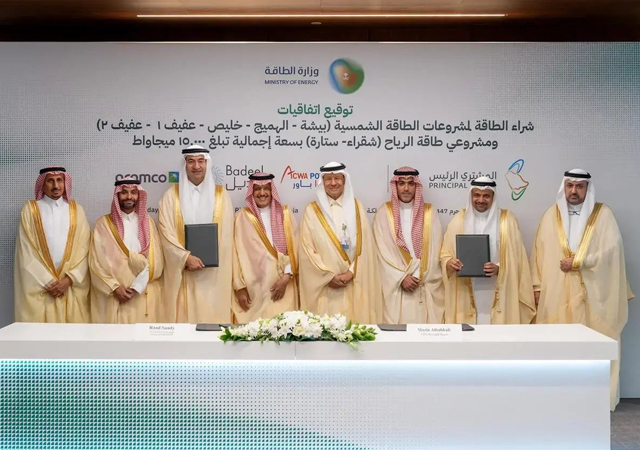
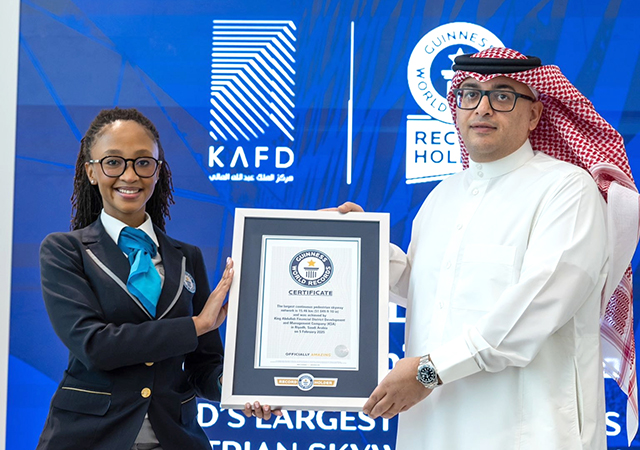

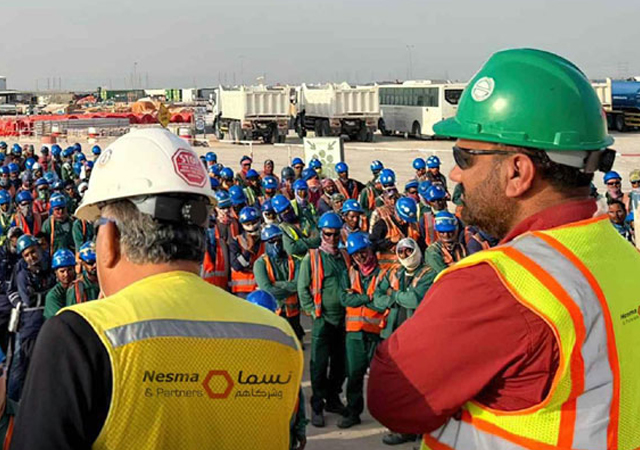
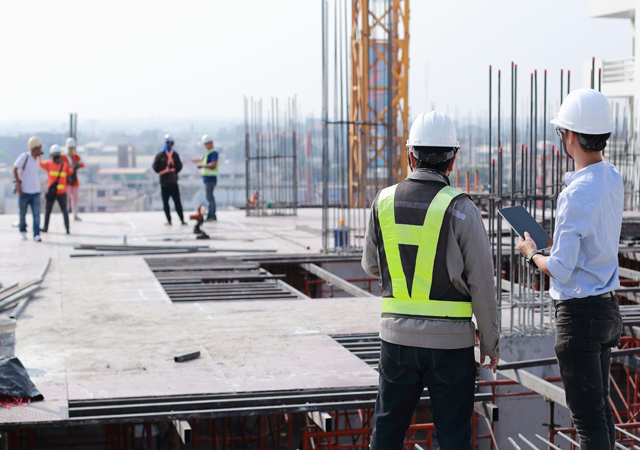
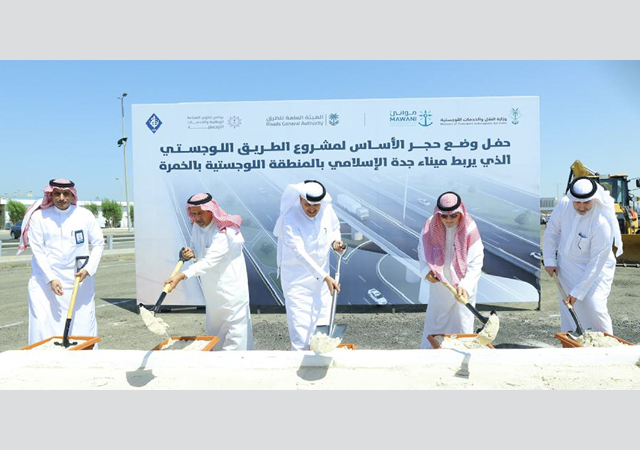
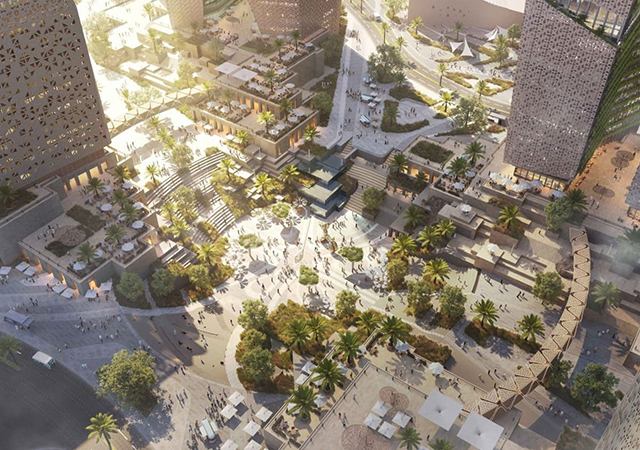
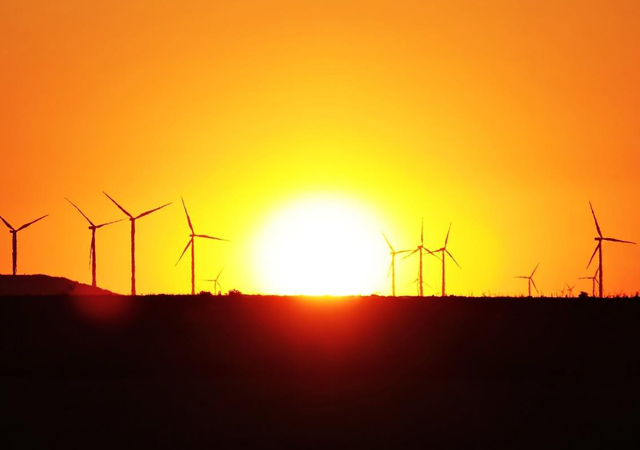
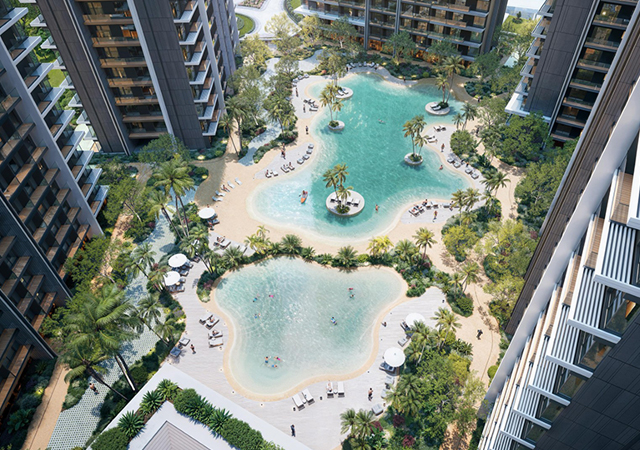
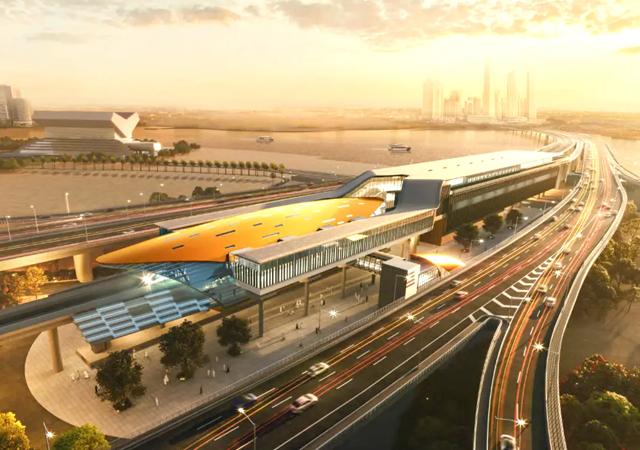
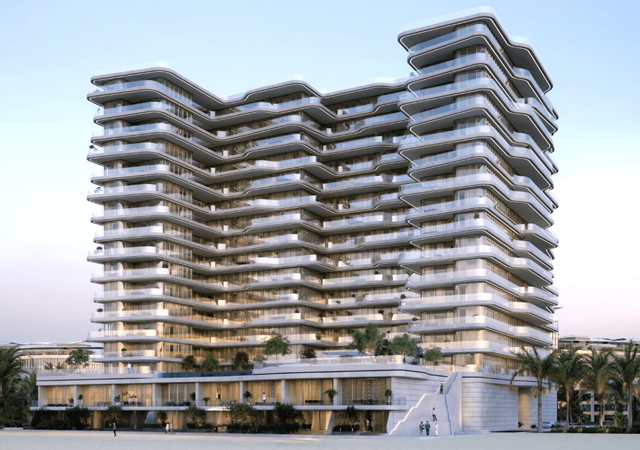

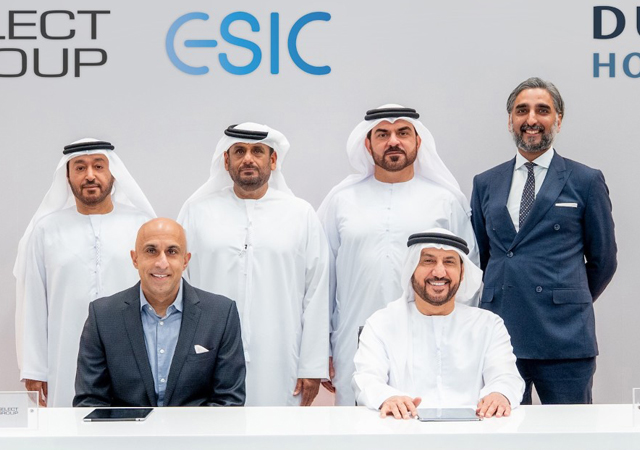
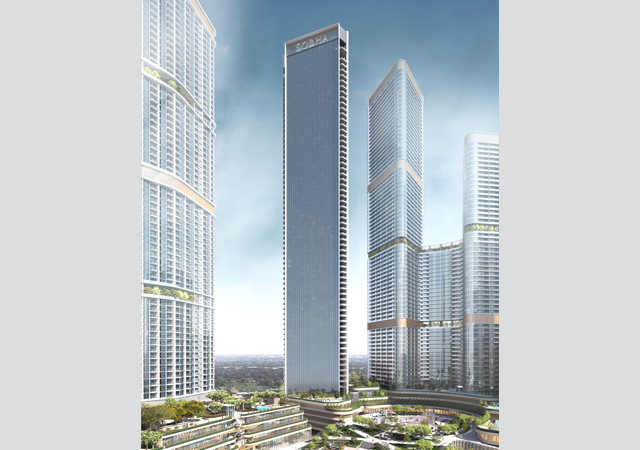
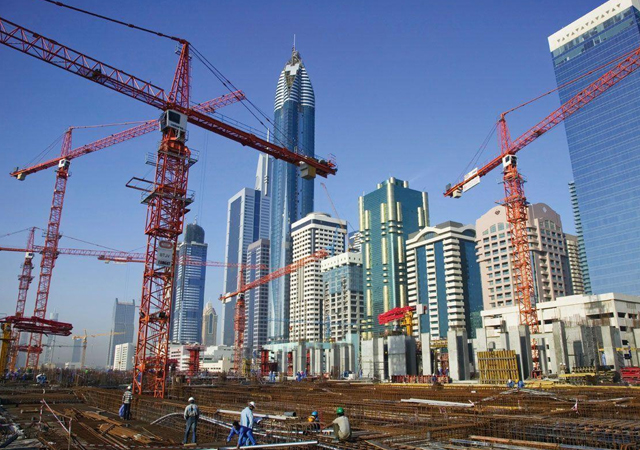
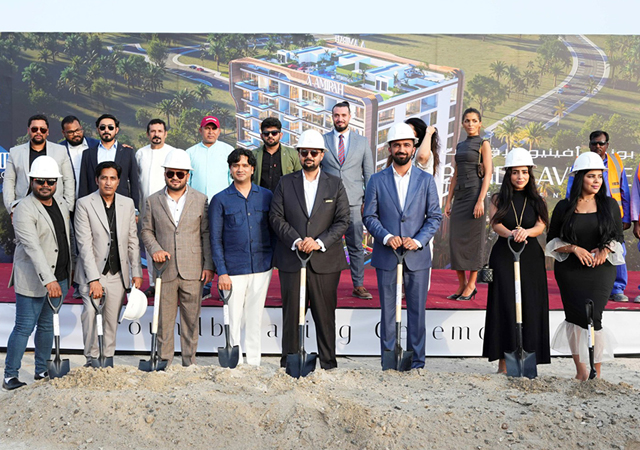
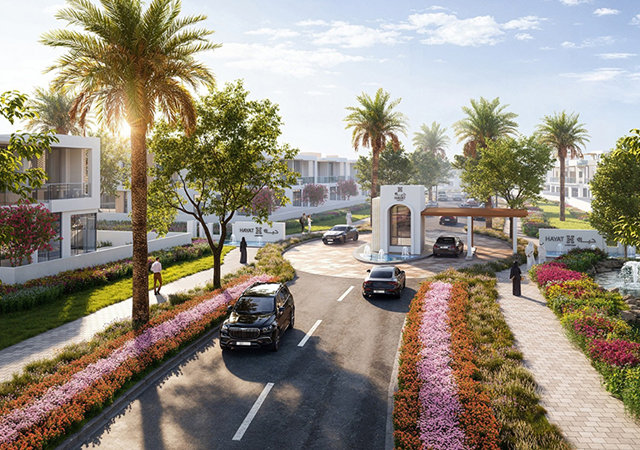
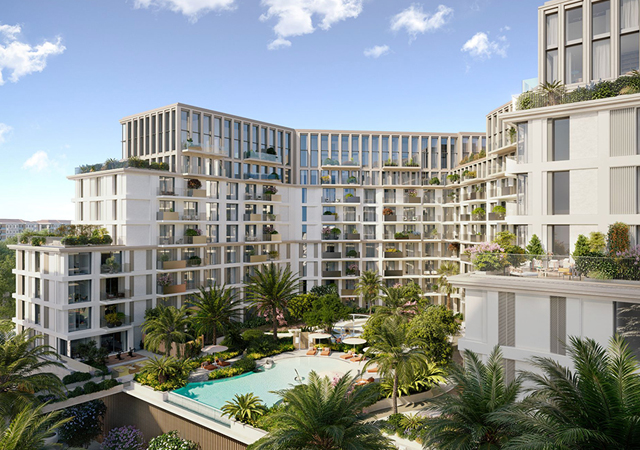


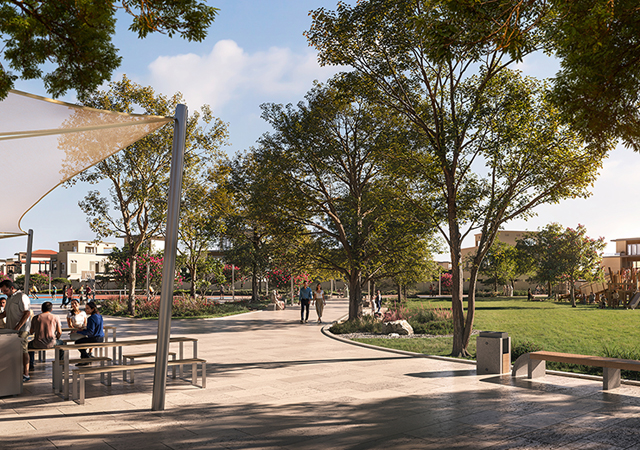
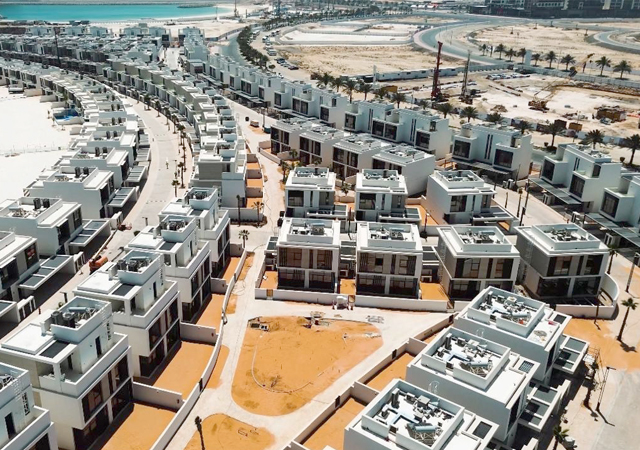
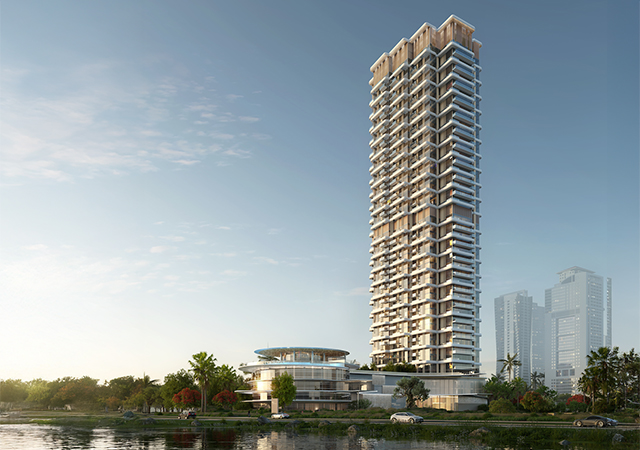
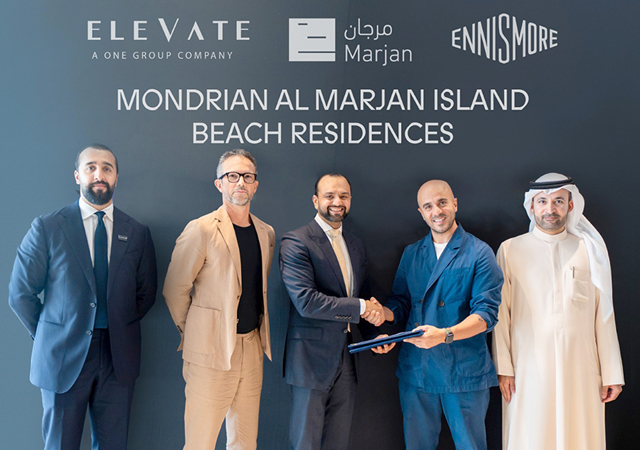
.jpg)
.jpg)
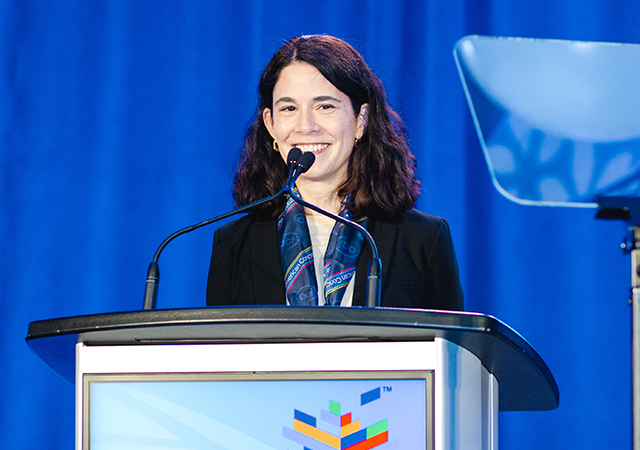
.jpg)
